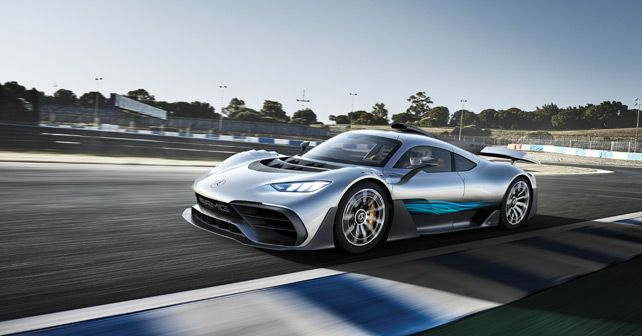
Jens feels modern hypercars are politically correct appliances trying to validate misguided pro-EV strategies.
Summer is considered a slow time in the automotive business, but this one proved to be full of exciting and innovative vehicles. And events. Such as the Concours d’Elegance at Pebble Beach, which I have attended several times but skipped this year. But the reporting gave a good impression of this somewhat decadent, yet fascinating, event on the Pacific shores.
It’s an array of the most desirable cars ever built – in the past, and today. But I think that there were a few cracks in the varnish. For one thing, the auctions didn’t go as expected. Many cars went unsold, prices collapsed noticeably, and there was an embarrassing gaffe when a late 1930s Porsche was hyped to 70 million, yet didn’t sell for even 17 million. It highlighted that, perhaps, the scene is out of control and cars are overpriced to an extent unseen since the early 1990s.
Pebble Beach is always a show of supercars, but the question is – who cares? How close are they to the actual needs and desires of mainstream customers? My (probably controversial) take: modern hypercars are a monumental waste of design and engineering talent. They are largely devoid of sophisticated aesthetics. And what’s worse, they are politically correct appliances trying to validate misguided pro-EV strategies. Take the AMG Project One, it’s built according to Formula One regulations. Which is irrelevant in the real world.
Previously, I wrote sceptical words about BMW’s forward-looking ‘Next’ event, somewhat questioning their commitment to fun-to-drive cars. This month, I had the chance to drive the new Z4 head-to-head with its sibling, the Toyota Supra. And what I found was that it was Toyota who turned their joint project into a serious sports car. The Supra is a more purist sports car, despite the fact that BMW jacked up their horsepower rating late in the process. The Supra is purer, it has less settings – but the right ones. Sure, the infotainment system is from the previous generation – but that’s not a problem at all.
The Supra’s chief engineer, Tada-San, told me that the Supra will get more powerful derivatives, and we can expect carbon-ceramic brakes as well. But we won’t get a manual transmission!
I also had a chance to mingle with Nissan engineers, who tell me that the 370Z will definitely get a successor, and the GT-R might as well – although the latter is still under discussion. Expect a turbo V6 in the next Z. But don’t expect a manual transmission there either. Pity.
I also had a chance to speak with the CEO of Cadillac. GM’s premium brand is hell-bent on electrification, and there will be several fully electric cars starting in 2022. But that doesn’t mean the brand is abandoning its conventionally powered vehicles. In fact, there will be overlap well into the second half of the next decade, and Cadillac CEO Steve Carlisle tells me there might be an extended period where both electric and conventionally powered Cadillacs will be offered alongside each other.
In fact, Cadillac has just launched a sweet and powerful 4.2-litre V8 engine, dubbed Blackwing. I expect it to appear in the upcoming V Performance versions of the CT4 and the CT5. It could also be offered in its uber-SUV, the Escalade.
Cadillac, despite popular expectations, will also work its way back into Europe, proving it’s truly a global brand – with future potential for India as well. While the brand’s diesel programme has been stopped for the US market, it is alive and well for Europe.
Speaking of Europe, I just had the pleasure of reading the autobiography of Patrick Le Quément, former chief designer of Renault, whose impact on the automotive industry cannot be overstated. When Le Quément started at Renault in the mid-1980s, he doubled designers’ pay; he elevated design to the board level; he broke the stranglehold that Italian design houses had on the business, and he empowered his carmaker’s specific design mission.
Perhaps, most importantly, he gave automotive design a cheerful and intellectual twist. His autobiography, a 224-page book titled Design between the Lines offers a tour de force through the design studios of the time, and since Le Quément’s career in the design world spans throughout half a century, he has a wealth of observations to share. It’s a fun read – I learned a lot!
Also read - It’s not the end of the road for diesel cars























Write your Comment